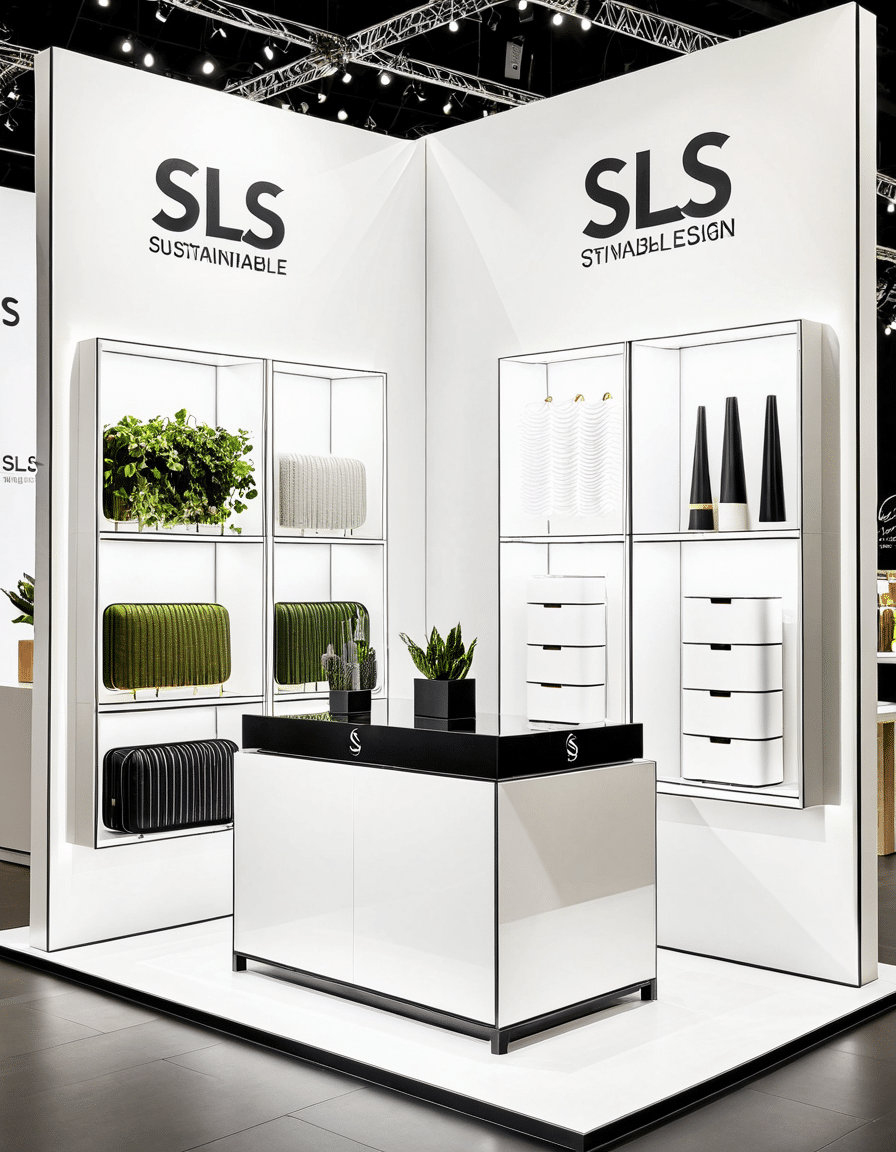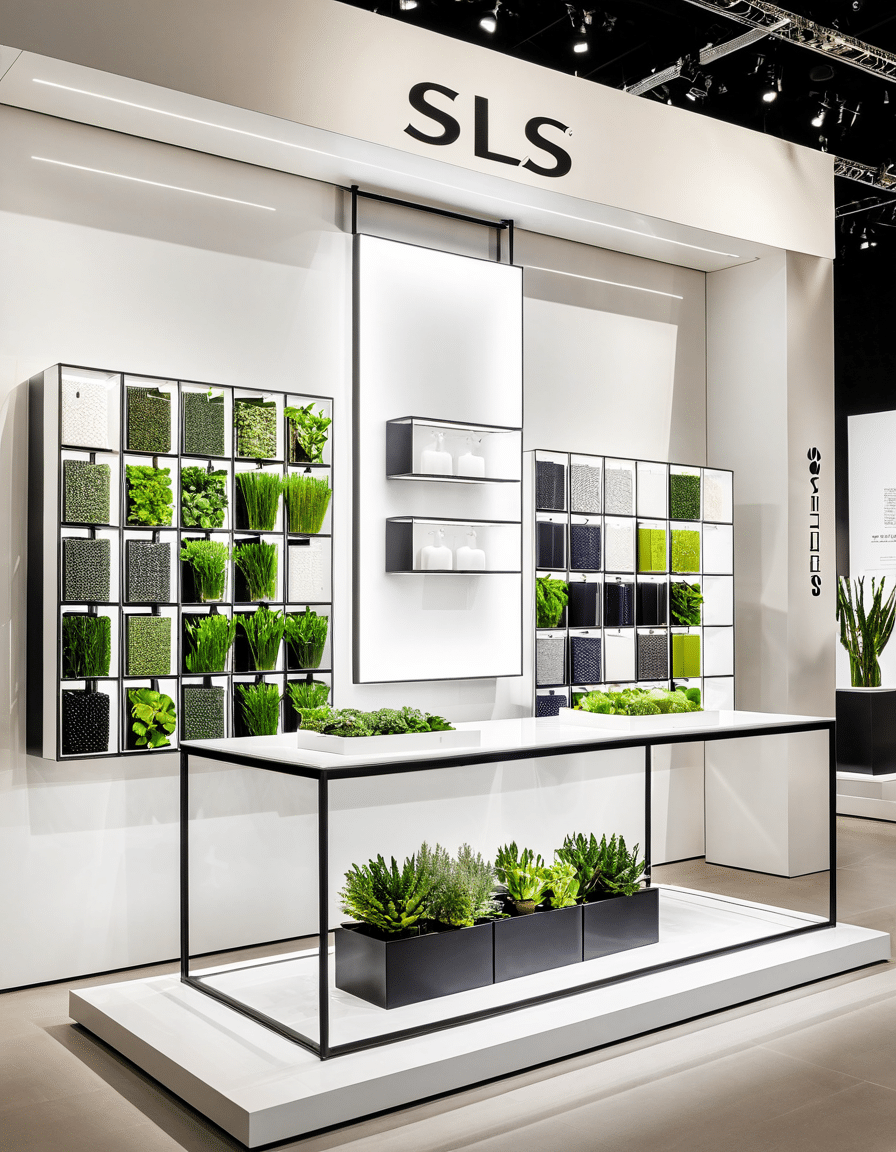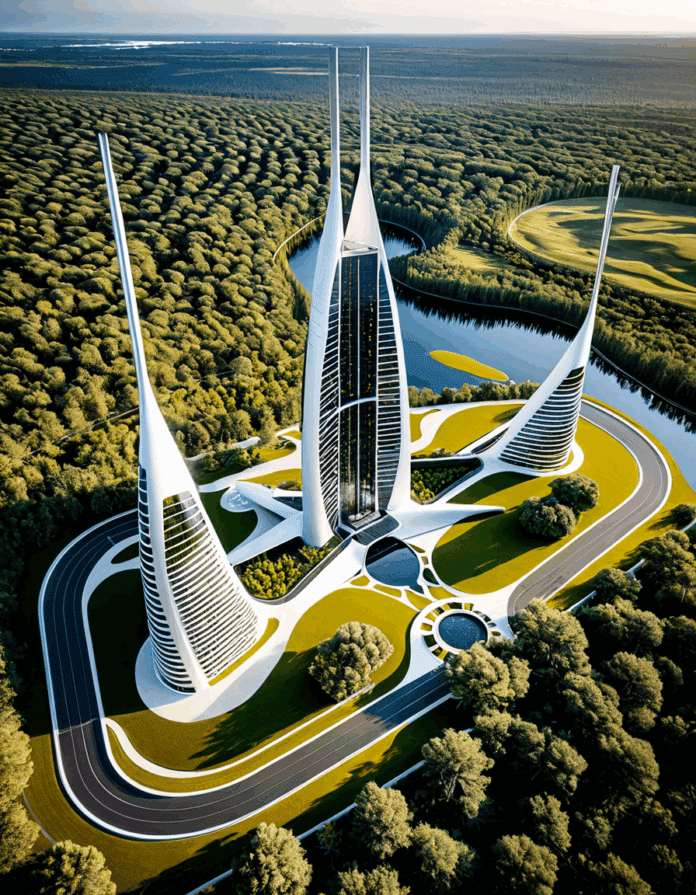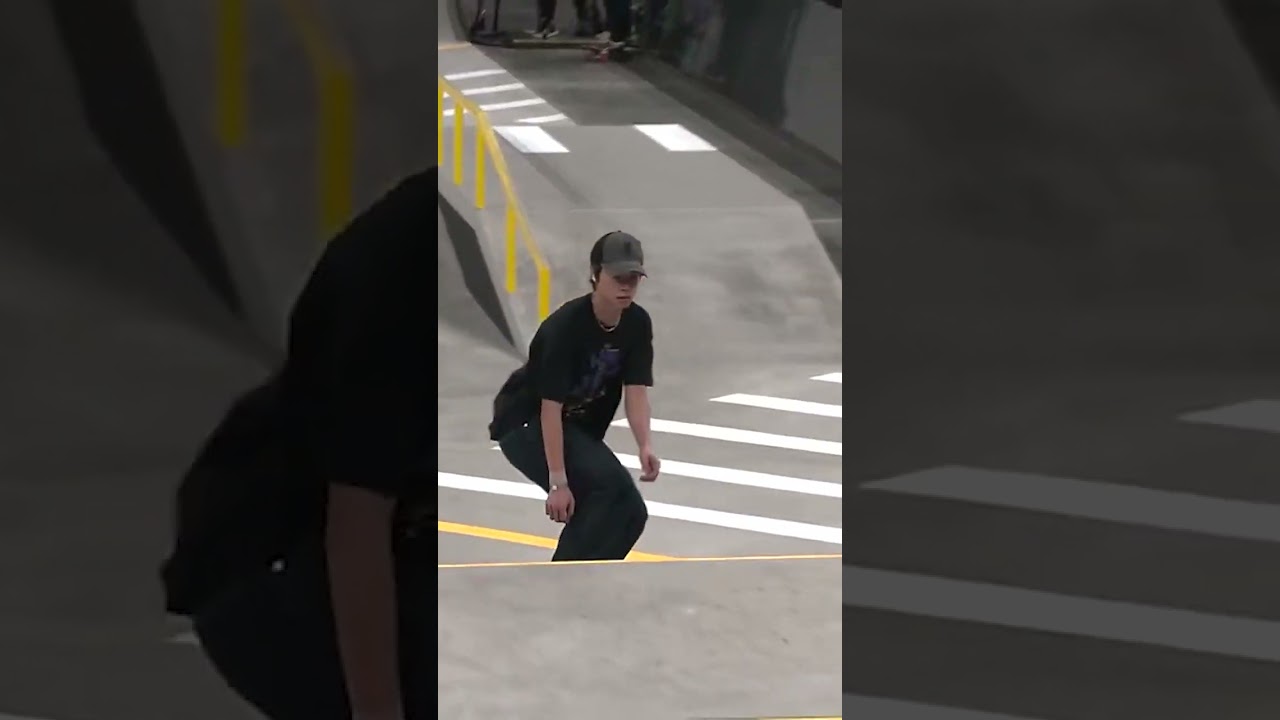Revolutionizing the Design Landscape with SLS
In today’s bustling design world, SLS (Selective Laser Sintering) is more than just a buzzword—it’s a game changer. This cutting-edge technology is redefining how industries approach design and manufacturing. By enabling the creation of intricate geometries and custom solutions, SLS not only heightens efficiency but also drives innovation in product development. Let’s delve into seven key ways SLS is transforming design in a big way.

Top 7 Ways SLS is Transforming Design Innovation
1. Customization in Product Development
Customization reigns supreme in consumer culture, and SLS allows brands to cater to individual preferences effortlessly. Take Nike, for instance; they harness SLS to craft personalized footwear that fits unique foot shapes—ensuring each pair meets specific comfort and style needs. This tailored approach is not just good for consumers; it builds brand loyalty as customers feel a deeper connection to their purchases. Brands like Adidas are following suit, offering bespoke sport shoes that blend technology and personalization, reflecting a shift toward consumer-centric design.
2. Reduction of Waste and Cost Efficiency
SLS proves its mettle as an eco-friendly option by minimizing material waste during the production process. Unlike traditional manufacturing, which often generates excess materials, SLS constructs objects layer by layer. This efficiency is evident in projects, like BMW’s initiative to use SLS for lightweight car components. Not only does this reduce material waste, but it also improves fuel economy, showcasing how SLS blends sustainability with innovation. Such practices highlight a growing commitment among manufacturers to adopt greener, more cost-effective solutions.
3. Enhancing Prototyping Speed
Speed is essential in today’s fast-paced market, and SLS excels at rapid prototyping. Startups like Formlabs demonstrate the technology’s potential by developing tools aimed at accelerating product development. By allowing designers to prototype and revise their ideas quickly, SLS shortens the time it takes to bring fresh products to market. This quick turnaround can make a world of difference, enabling tech startups to compete more effectively and efficiently.
4. Complex Geometries Made Accessible
SLS is a game changer for industries requiring intricate designs like aerospace and healthcare. Companies such as Airbus expertly utilize this technology to fabricate complex components that were once impractical or too costly to produce. The lightweight, durable parts manufactured through SLS empower engineers to push the boundaries of design, creating impressive advancements in both aviation and healthcare technology. It’s a revolution that’s making once-unimaginable designs a reality.
5. Advancements in Material Science
SLS doesn’t just stop at shaping objects; it also opens new avenues in material science. With a diverse range of materials—from polymers to specialized alloys—SLS enables applications in extreme conditions, such as those found in medical implants or aerospace components. Companies like EOS are pioneering new materials engineered specifically for SLS, allowing innovation to flourish in high-stakes environments. This progress ensures that designers aren’t limited by the material but inspired by it.
6. Democratization of Design
Gone are the days when only major corporations could afford cutting-edge manufacturing techniques. Today, SLS technology is becoming more accessible to smaller businesses and independent designers. Platforms like Shapeways empower individuals to utilize SLS services, cultivating an environment where creativity can thrive. This shift not only breathes new life into the design landscape but also gives rise to diverse perspectives and voices, fueling innovation across the board.
7. Integration with Digital Technologies
The integration of SLS with digital technologies is rewriting the rules of design workflows. Software like Autodesk’s Fusion 360 seamlessly incorporates SLS applications, creating a streamlined process from conception to production. This symbiosis enables designers to focus on innovation while optimizing for functionality. The result? A pipeline that delivers products to market faster, with enhanced design integrity.

The Future of SLS in Design
As we peer into the future, SLS’s role in shaping the design landscape is crystal clear—it’s here to stay. Continuous advancements in both technology and materials suggest that SLS will only become more influential, championing sustainability and personalization. Companies embracing these transformations will undoubtedly gain a competitive edge in an increasingly crowded market.
The integration of SLS into everyday design practices hints at a future of limitless creativity, yielding groundbreaking products that meet consumer needs like never before. With SLS leading the charge, the design industry is on the brink of a thrilling evolution, shaking off traditions and welcoming innovative possibilities. It’s an exciting time for both creators and consumers, where the only limit appears to be the imagination.
As noted, the impact SLS has made is undeniable. Whether it’s through revolutionizing e-commerce with customization or paving the way for eco-friendly practices, SLS stands as a pillar in innovative design. Don’t miss out on this journey—stick around as we continue to explore its multifaceted influence.
SLS: Leading the Way in Innovative Design
Trailblazing Features of SLS
Did you know that SLS has become synonymous with cutting-edge design? It’s true! Not just a brand, SLS is a testament to how innovation can completely reshape expectations. When talking about functions that optimize user experiences, it’s essential to consider the vital definition of adaptable designs—think sleek interfaces that work seamlessly in various settings. From enhancing everyday tasks to streamlining professional workflows, these designs give users exactly what they need in a world filled with distractions and noise. Speaking of smooth operations, did you ever ponder the connection between efficient designs and financial factors like changing home loan percentage rates? It might seem a stretch, but the savings from smart developments can help you invest in quality and aesthetics!
Design Influencers and Historical Impact
While SLS is paving the way, let’s not forget some iconic figures who have left their mark on the design industry. Take Harriet Walter, for instance, whose artistry and performances breathe life into stories worth telling. Her work resonates deeply, much like the thoughtfully crafted elements of SLS. It’s intriguing to note that design isn’t merely an individual endeavor; it thrives on collaboration. Think of famous people people in various fields—each plays a role that shapes ideas and innovations. When you gather ideas, it’s vital to combine influences, adding depth to the design narrative.
The Shift Towards Interactive Solutions
As we witness the launch of new products and solutions, SLS continues to be at the forefront. Did you know that with the rise of smart technology, companies are now prioritizing interactivity in their designs? This shift emphasizes user engagement, similar to how the Fanduel Sports network revolutionizes the way we interact with sports. Just like monitoring a Consumers energy outage map to streamline services, innovative designs promise to keep users informed and connected. In a fast-paced world with changing needs, SLS proves that creativity can elevate everyday experiences, making the ordinary extraordinary. So, whether you’re pondering the Ozempic cost—considering health and dietary aids—or simply enjoying an innovative product, SLS shows that clever design can enrich our lives in multiple dimensions.







